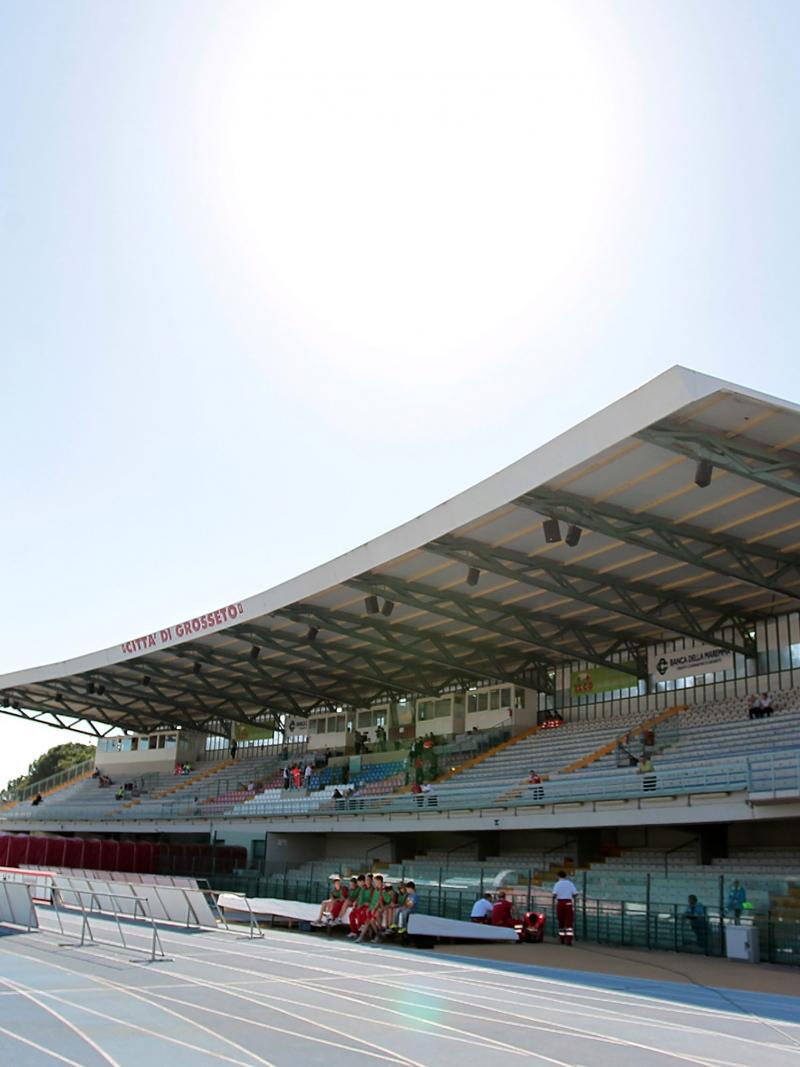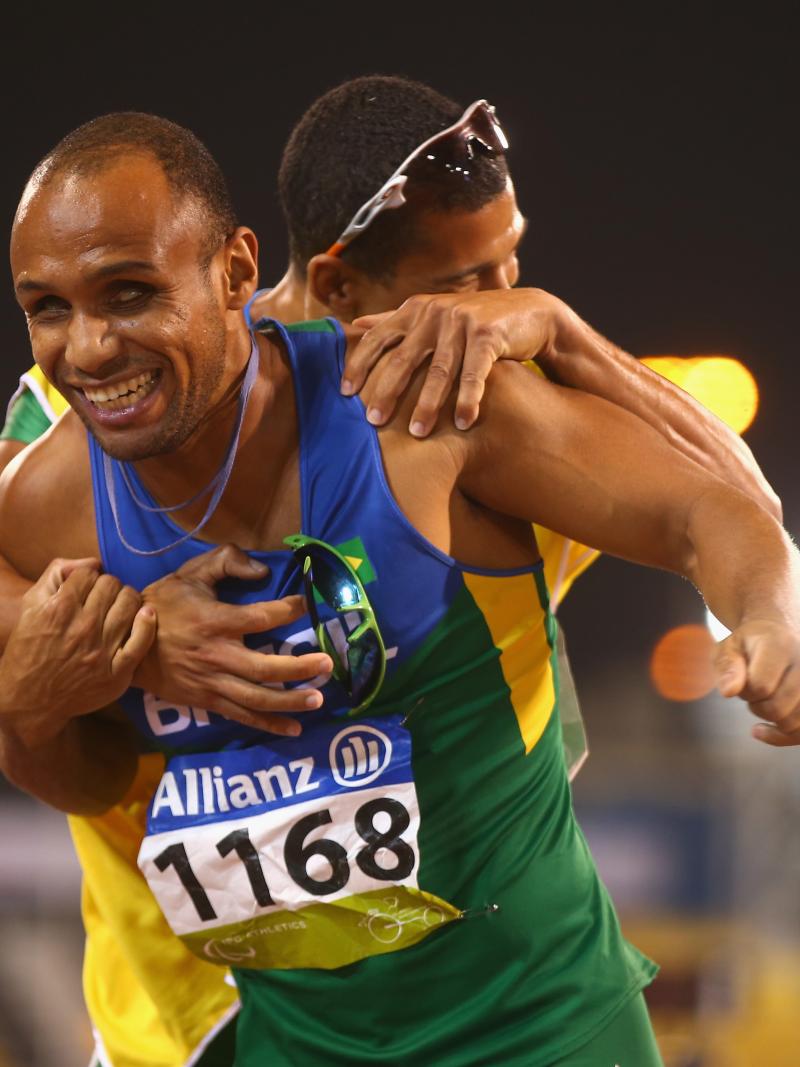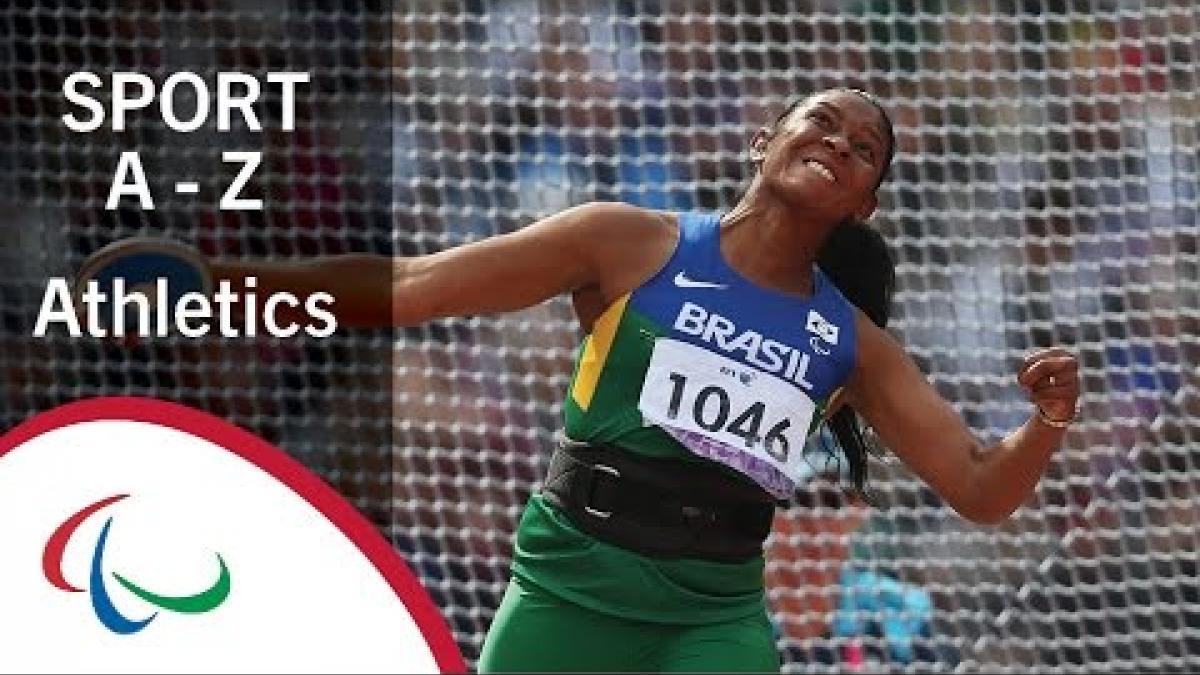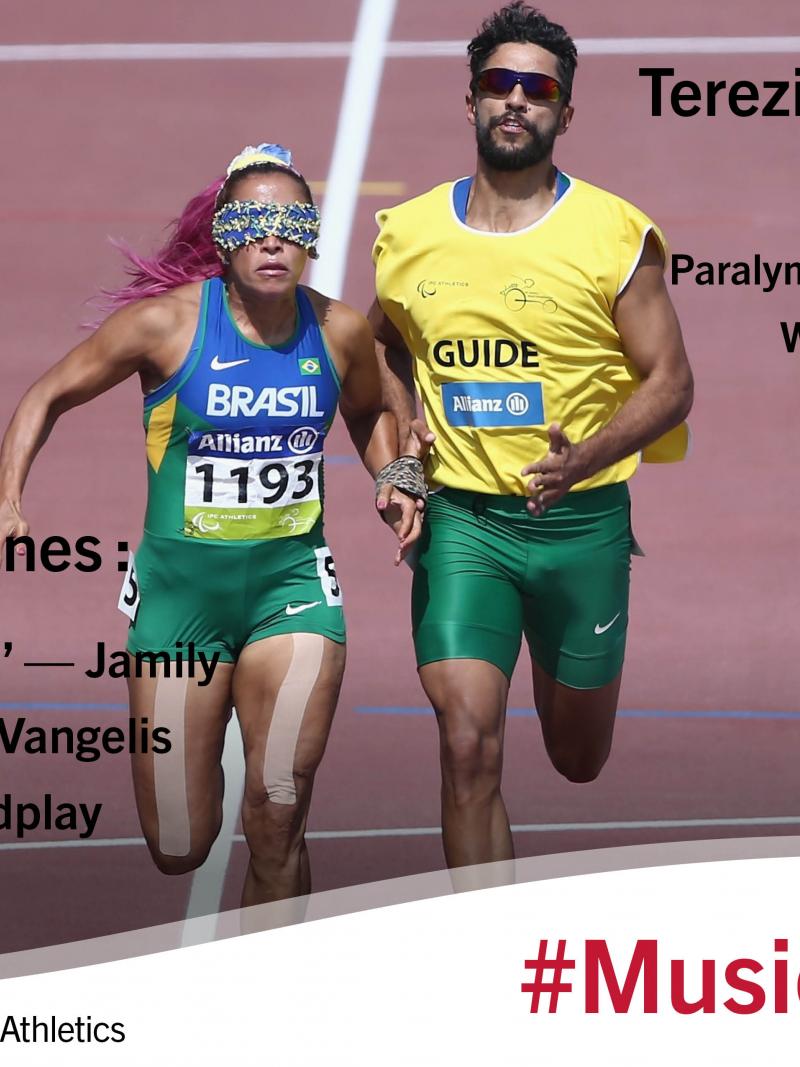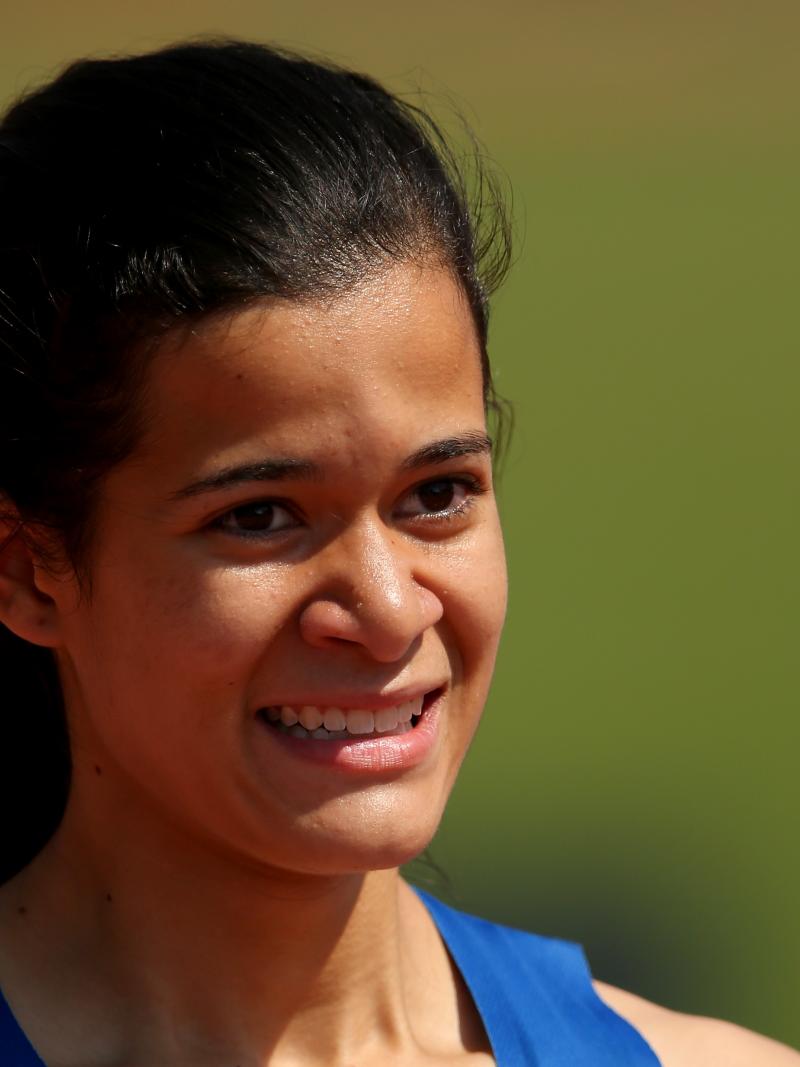Sport week: Classification in athletics
There are 10 eligible impairment types in athletics: eight physical impairments as well as visual impairment and intellectual impairment. 17 May 2016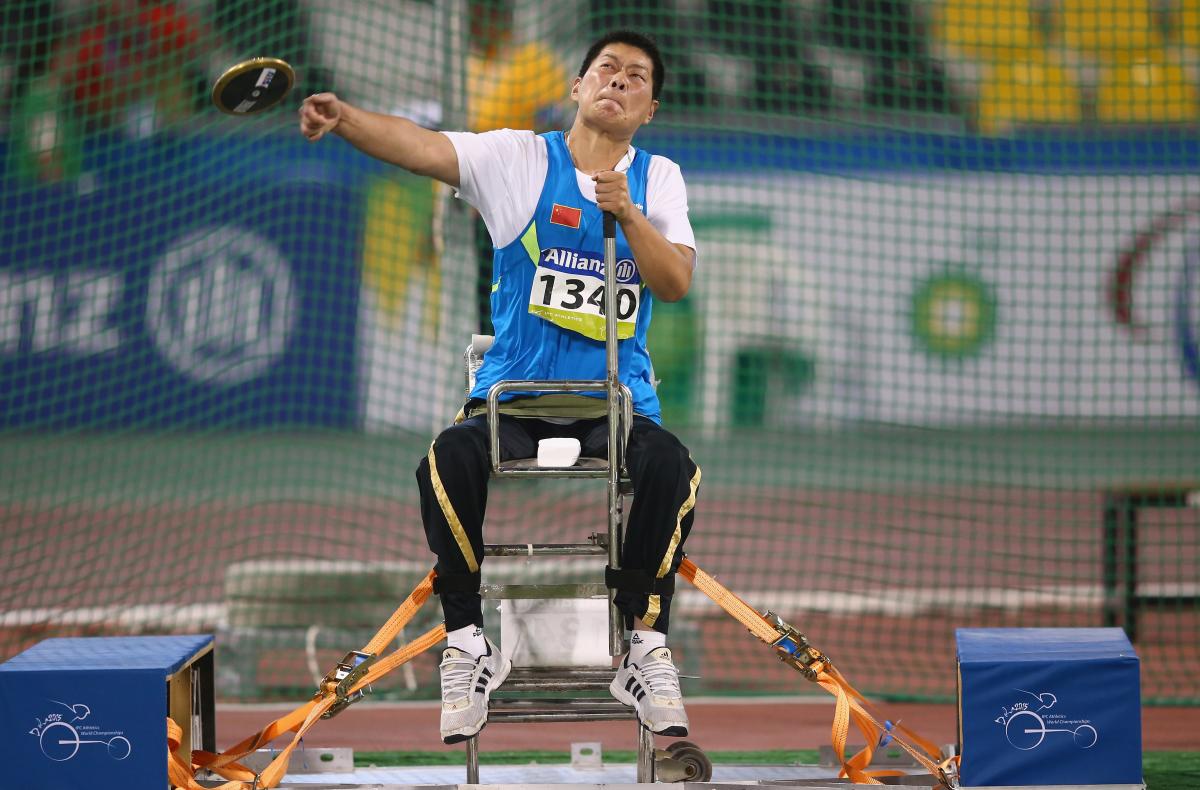
China's Liwan Yang is a multiple world champion
The aim of classification in Para athletics is to minimise the impact of eligible impairments on the outcome of competition. To do this, athletes are assessed and then placed into competition categories, called sport classes, according to how much their impairment affects sports performance.
Athletes with the following impairments are eligible to compete:
• Impaired muscle power
• Impaired passive range of movement
• Limb deficiency
• Ataxia
• Athetosis
• Hypertonia
• Short stature
• Leg length difference
• Visual impairment
• Intellectual impairment
The system ensures that athletes do not succeed simply because they have an impairment that causes less of a disadvantage than their competitors, but because of their skill, determination, tactics, fitness and preparation.
On the IPC Athletics classification structure, the numerical figure represents the level of impairment; the lower the number within each impairment type, the more severe the impairment.
Track and jumps (Prefix T for Track)
Discipline: Running and jumping (16 classes)
Sport classes (Impairment types):
T11-13 (Visual impairment)
T20 (Intellectual impairment)
T35-38 (Co-ordination impairments (hypertonia, ataxia and athetosis))
T40-41 (Short stature)
T42-44 (Lower limb affected by limb deficiency, leg length difference, impaired muscle power or impaired range of movement)
T45-47 (Upper limb/s affected by limb deficiency, impaired muscle power or impaired range of movement)
Discipline: Wheelchair racing (Seven classes)
T32-34 (Co-ordination impairments (hypertonia, ataxia and athetosis))
T51-54 (Limb deficiency, leg length difference, impaired muscle power or impaired range of movement)
Throws (prefix F for Field)
Discipline: Standing throws (15 classes)
Sport classes (Impairment types):
F11-13 (Visual impairment)
F20 (Intellectual impairment)
F35-38 (Co-ordination impairments (hypertonia, ataxia and athetosis))
F40-41 (Short stature)
F42-44 (Lower limb affected by limb deficiency, leg length difference, impaired muscle power or impaired range of movement)
F45-46 (Upper limb/s affected by limb deficiency, impaired muscle power or impaired range of movement)
Discipline: Seated throws (11 classes)
Sport classes (Impairment types):
F31-34 (Coordination impairments (hypertonia, ataxia and athetosis))
F51-57 (Limb deficiency, leg length difference, impaired muscle power or impaired range of movement)
Helpful link
IPC athletics classification webpage
Editor’s note: Each sport on the Rio 2016 Paralympic programme will have a dedicated week of featured content published on paralympic.org. Every week a new sport will be featured and the series will run until September’s Games, helping the public understand more about the 22 sports being contested in Rio.
__
Sport fans from around the world can now buy their Paralympic tickets for Rio 2016 from authorised ticket resellers (ATRs).
The IPC’s Global ATR is Jet Set Sports, and Rio 2016 tickets and packages can be purchased on the CoSport website.
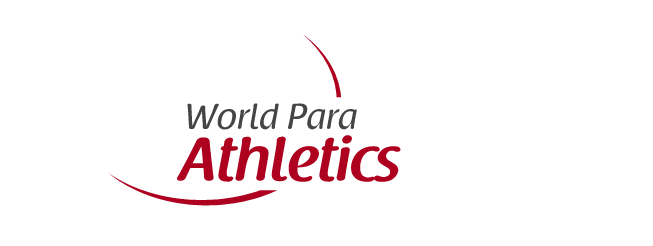
 Facebook
Facebook
 Instagram
Instagram
 Twitter
Twitter
 Youtube
Youtube

